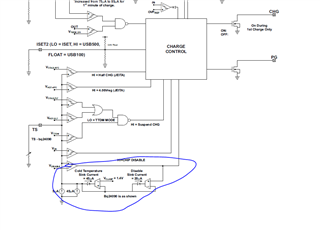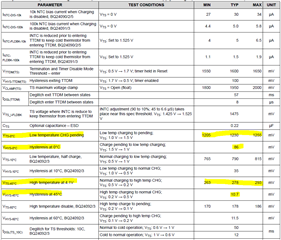I want to know the thermal protection logic of this chip; and after the thermal test, the result is different from the spec; I want to get the phone call with the FAE, thanks.
-
Ask a related question
What is a related question?A related question is a question created from another question. When the related question is created, it will be automatically linked to the original question.




